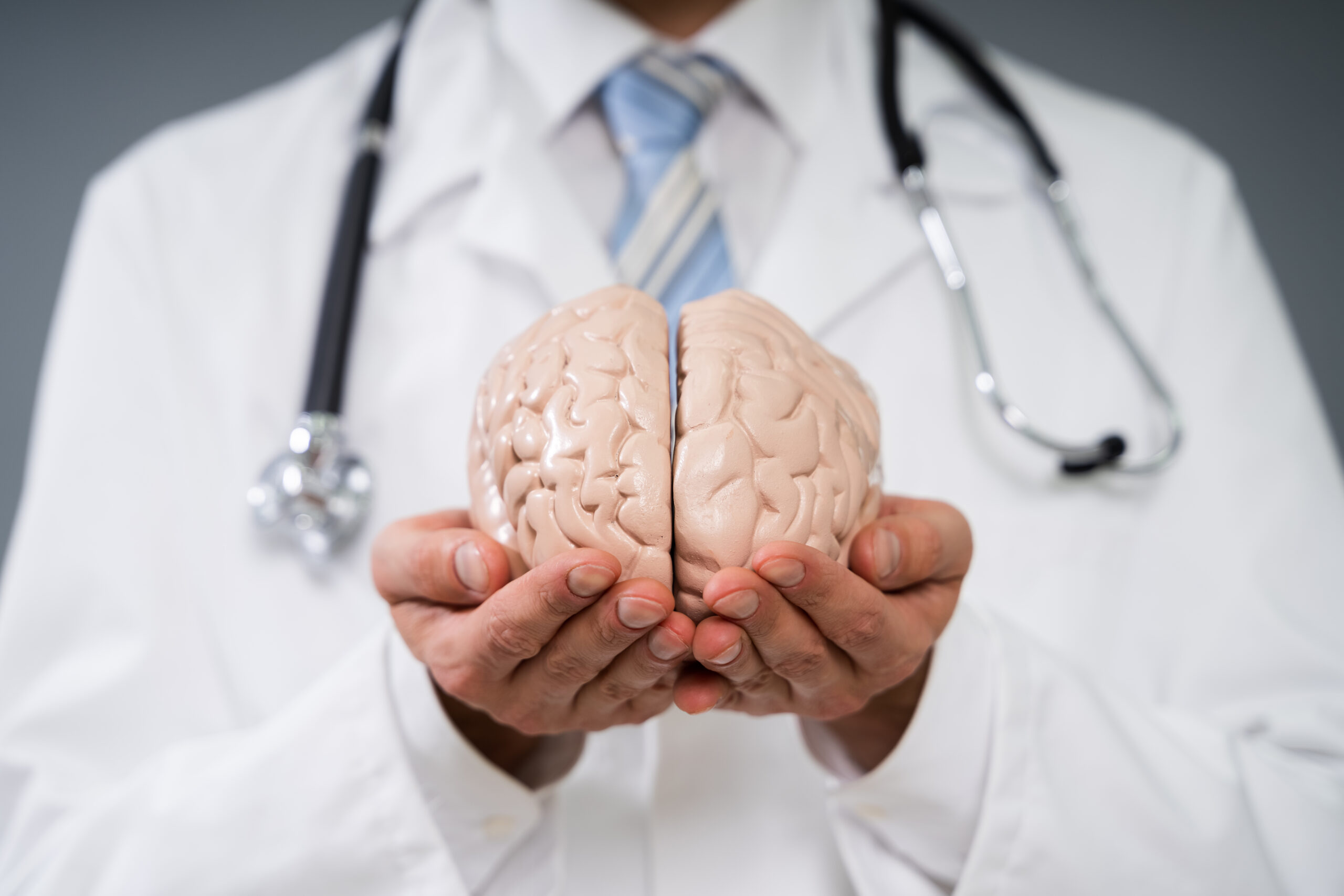Imagine a world where your brain’s true age is revealed, not by candles on a cake, but by cutting-edge AI technology—now, what would you do with that information?
At a Glance
- AI models now estimate biological brain age, distinct from chronological age.
- These advancements offer new biomarkers for cognitive health.
- AI has identified over 450 potential anti-aging treatments in mice.
- Research could revolutionize early detection and treatment of cognitive decline.
The Science of Brain Aging
Doctors now possess the wizardry to estimate your brain’s biological age using advanced AI models. This isn’t just about counting wrinkles on your cortex but delving into the depths of MRI scans. These brain aging clocks offer a glimpse into cognitive health, going beyond the simple tick-tock of chronological years. Early methods lacked precision, but today’s AI, with its deep learning and convolutional neural networks, paints a clearer picture, tracking aging with the finesse of a maestro conducting an orchestra.
Watch: An artificial intelligence model that can measure how fast the brain ages has been developed.
The breakthrough came with the development of 3D-CNNs capable of analyzing longitudinal MRI data. These models don’t just provide snapshots; they create detailed aging timelines, validated across diverse datasets, from healthy individuals to those battling neurodegenerative diseases. The potential to pinpoint anti-aging interventions has been demonstrated in animal models, notably mice, setting the stage for human applications.
Stakeholders in the Brain Age Revolution
The brain aging clock didn’t spring from a single lab’s eureka moment but is the result of a symphony of stakeholders. Academic researchers, like those at USC Viterbi School of Engineering and MIT, lead the charge, while medical institutions lend clinical validation through MRI data. AI and data science experts craft the neural network architectures, and pharmaceutical companies eye brain age as a biomarker in drug development. Regulatory agencies play the gatekeepers, ensuring ethical use and clinical adoption.
Researchers are driven by scientific curiosity and the promise of publication, while clinicians aim to enhance early detection and personalized treatments. The industry sees dollar signs in anti-aging therapies and diagnostics, while regulators focus on safety and privacy. These diverse motivations create a dynamic landscape, where data access and intellectual property are hotly negotiated.
Current Developments in AI Brain Aging
The latest buzz is all about AI brain aging clocks, like 3D-CNNs and BrainAgeNeXt, which estimate brain age with remarkable accuracy. These models are validated across varied populations and scanner types, highlighting specific brain regions most relevant to aging through saliency mapping. This interpretability boosts clinical trust, crucial for real-world applications.
Researchers are optimistic, viewing brain age as an early biomarker for neurocognitive decline. The alignment of brain age estimates with cognitive test results underscores their clinical relevance. Validation efforts continue on large, diverse datasets, with the aim to standardize brain age estimation and integrate it into clinical workflows. A timeline of events reveals the rapid pace of development, from initial model validation in 2022 to anticipated clinical applications by 2025.









